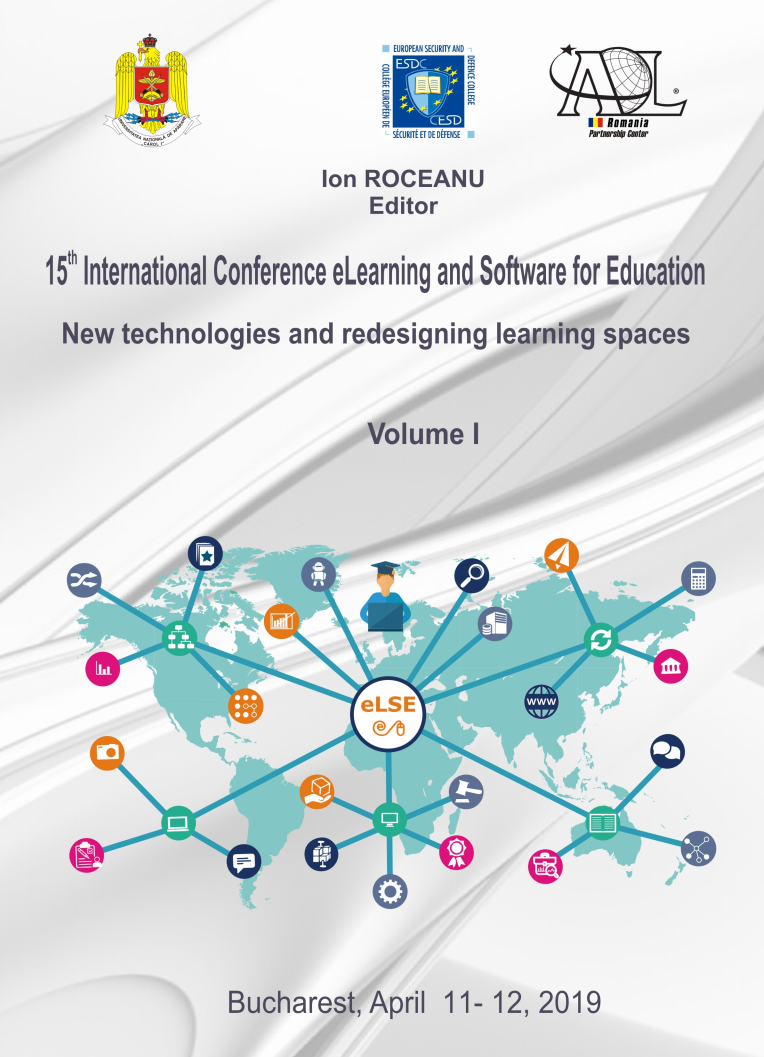Finding General Guidelines for Redesign of Learning Spaces
Finding General Guidelines for Redesign of Learning Spaces
Author(s): Robin Støckert, Piet Van Der Zanden, Duncan PEBERDYSubject(s): Social Sciences, Education, Higher Education
Published by: Carol I National Defence University Publishing House
Keywords: Future learning space; technology; audio-visual;
Summary/Abstract: Higher Education is shifting from teacher-centred to student-centred practices. Such new practices ought to make today's students into active and cooperative learners and give them more relevant, real challenges and hands-on experiences. Furthemore, these learning scenarios should equip the student with the skills, competences and character qualities to thrive in a meaningful future job. Hence, the classroom or learning space should be able to resemble a real work environment with social interaction and different types of teamwork to handle complex problem solving. A holistic approach is needed to redesign and develop new learning spaces and to create new eco-systems for learning in order to handle more students than ever, attending higher education. Between 2000 and 2014, the number of students in higher education globally more than doubled to 207 million. One concrete approach is to start with the basic problem many Universities are facing today. Universities are in need of designs and definitions for lecture halls and classrooms that facilitate collaborative education practices next to informal study places. An easy way to transform current education space designs is by introducing new education buildings. However, many stakeholders have their part in the design process of learning spaces. Experiences and ideas are mixed-up in the understanding, communication, definition, usage, evaluation and (re-)design. This paper introduces three different approaches: 1) New campus plan for the Norwegian University of Science and Technology (NTNU) 2) Cookbook Education Spaces from Delft University of Technology with prerequisite guidelines for architects and construction companies. 3) JISC's awareness campaign visiting universities with live examples of active learning spaces called The Sticky Campus.How can universities find common ground and understanding in the process of defining and redesigning learning spaces?
Journal: Conference proceedings of »eLearning and Software for Education« (eLSE)
- Issue Year: 15/2019
- Issue No: 01
- Page Range: 383-392
- Page Count: 10
- Language: English

